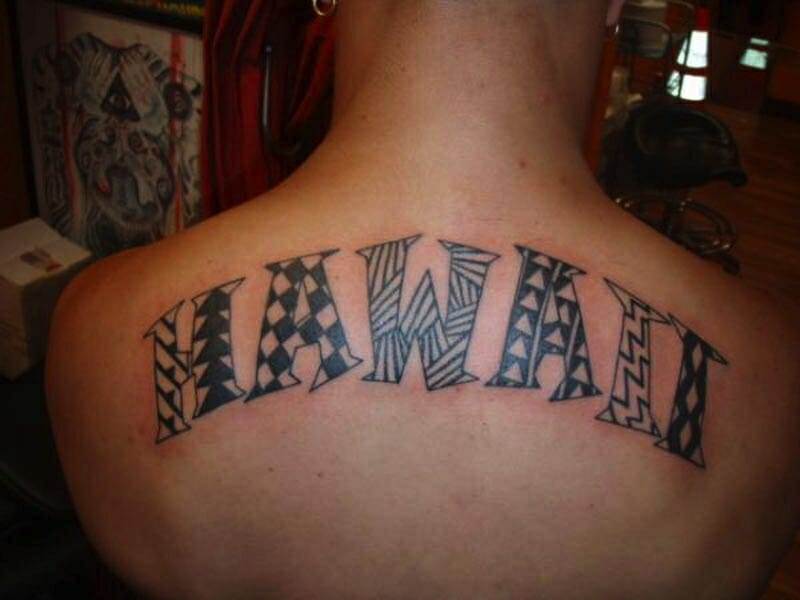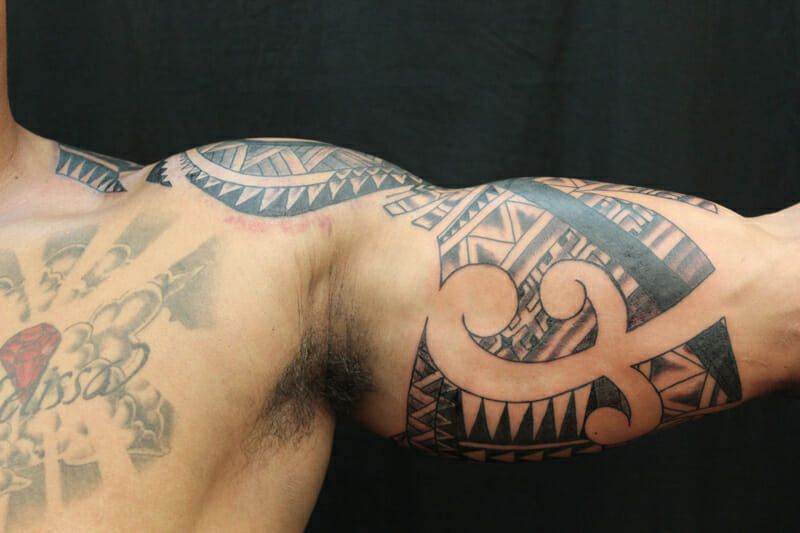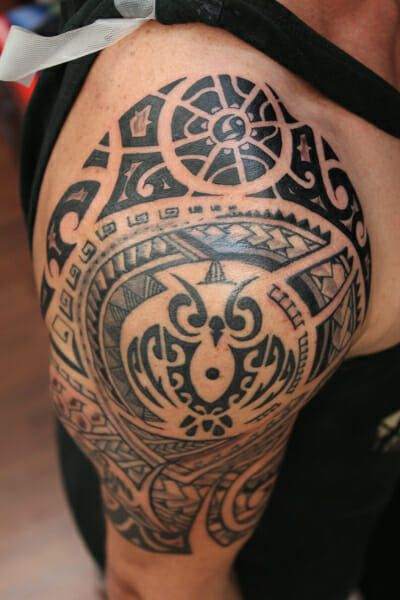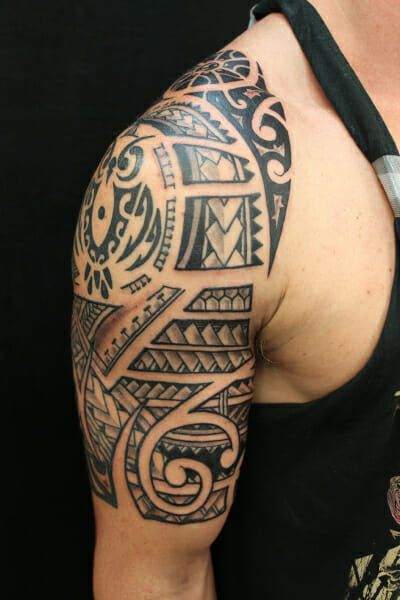Tattooing has a rich and diverse history that spans across various cultures around the world. From ancient times to the present day, tattoos have played a significant role in preserving traditions and identity. Each culture has its unique style and symbolism, making cultural tattoo art a fascinating and important aspect of human history.
Tattooing can be traced back thousands of years, with evidence of tattooed mummies found in ancient Egypt and the Siberian Ice Maiden. In Polynesia, tattooing has been practiced for over 2,000 years, with the art form deeply ingrained in the cultural fabric of the region. In Japan, tattoos have a long history dating back to the 5th century, where they were used as a form of punishment before evolving into an art form.
Cultural tattoo art serves as a way to connect with one’s heritage and preserve traditions. It is a visual representation of a culture’s history, beliefs, and values. Tattoos can also serve as a form of personal expression and identity, allowing individuals to showcase their cultural pride and belonging.
Maori Tattoo Art: The Significance of Moko
One of the most well-known forms of cultural tattoo art is Moko, the traditional tattoo art form of the Maori people of New Zealand. Moko holds great significance in Maori culture, representing social status, identity, and genealogy.
Moko is traditionally done using chisels made from bone or stone, which are tapped into the skin using a mallet. The process is painful and time-consuming but is seen as a rite of passage for Maori men and women. The designs are intricate and unique to each individual, with patterns and symbols representing their lineage, achievements, and social standing.
For Maori men, Moko on the face is particularly significant. It signifies their status within the community and their role as leaders. The placement and design of the Moko on the face can indicate a person’s rank, tribe, and even their marital status. For Maori women, Moko is often seen on the chin and lips, symbolizing their connection to their ancestors and their role as nurturers.
The Evolution of Maori Tattoo Art: From Traditional to Contemporary
While traditional Moko remains an important part of Maori culture, there has been an evolution in Maori tattoo art over time. Contemporary Maori tattoo artists have embraced new techniques and styles while still honoring the traditional symbolism and cultural significance.
Contemporary Maori tattoo artists, such as Gordon Toi and Rangi Kipa, have gained international recognition for their unique styles. They incorporate elements of traditional Maori designs with modern tattooing techniques, creating stunning pieces that pay homage to their cultural heritage.
These contemporary designs often feature bold lines, intricate patterns, and meaningful symbols. Each design is carefully crafted to tell a story or represent a specific aspect of the wearer’s identity. For example, a spiral pattern may represent growth and transformation, while a koru (fern frond) symbolizes new beginnings.
Polynesian Tattoo Art: The Unique Style of Tatau
Polynesian tattoo art, known as Tatau, is another significant form of cultural tattooing. It originated in the Polynesian islands and is characterized by its bold lines and geometric patterns. Tatau holds deep spiritual and cultural beliefs within Polynesian communities.
In Polynesian culture, tattoos are seen as a way to connect with the spiritual world and protect against evil spirits. They are also used to signify important life events such as coming of age or marriage. The process of getting a Tatau is considered sacred and is often accompanied by rituals and ceremonies.
Tatau designs are highly symbolic and can vary depending on the specific island or tribe. For example, in Samoa, Tatau designs often feature intricate patterns of turtles, shells, and waves, representing the connection to the ocean and the importance of navigation. In Tahiti, Tatau designs may include symbols of nature and gods, such as sharks and lizards.
The Meaning Behind Samoan Tattoo Art

Samoan tattoo art, known as Pe’a for men and Malu for women, is deeply rooted in Samoan culture. It holds great significance in terms of family and cultural identity.
The traditional Samoan tattooing process is a long and painful one. It is done using handmade tools made from bone or tusks, which are tapped into the skin using a mallet. The designs cover large areas of the body, such as the back, chest, and thighs.
For Samoan men, the Pe’a is a symbol of their strength, courage, and status within the community. It is a mark of their transition from boyhood to manhood and is often seen as a prerequisite for marriage. The Pe’a tells the story of a man’s genealogy and his connection to his ancestors.
For Samoan women, the Malu is a symbol of femininity and cultural pride. It is typically done on the thighs and covers less area than the Pe’a. The Malu represents a woman’s role as a nurturer and protector of her family.
The Role of Tattoo Art in Samoan Culture
Tattoo art plays a significant role in Samoan culture beyond its aesthetic value. It is deeply integrated into various cultural practices and ceremonies.
In Samoan culture, tattooing is seen as a way to honor one’s ancestors and connect with their spiritual guidance. The tattooing process itself is considered a spiritual journey, with rituals and ceremonies performed before, during, and after the tattooing session.
Tattoo art is also an important part of Samoan ceremonies and celebrations. For example, during the annual Teuila Festival, traditional Samoan tattoo artists showcase their skills and compete in tattooing competitions. This festival is a celebration of Samoan culture and heritage, with tattoo art playing a central role.
The Significance of Patterns and Symbols in Samoan Tattoo Art
Patterns and symbols play a crucial role in Samoan tattoo art, carrying deep meanings and cultural significance. Each pattern and symbol tells a story or represents a specific aspect of Samoan culture.
One common pattern in Samoan tattoo art is the taulima, which consists of two parallel lines. This pattern represents unity and balance, symbolizing the importance of harmony within the community. Another common pattern is the pe’a, which consists of a series of diagonal lines. This pattern represents strength and resilience, symbolizing the challenges one must overcome in life.
Symbols in Samoan tattoo art often represent important aspects of Samoan culture, such as family, nature, and spirituality. For example, the turtle symbolizes longevity and protection, while the coconut tree represents sustenance and abundance.
The Influence of Samoan Tattoo Art on Modern Tattooing
Samoan tattoo art has had a significant influence on modern tattooing around the world. Its bold lines, intricate patterns, and meaningful symbols have inspired countless contemporary tattoo artists.
Many tattoo artists today incorporate elements of Samoan tattoo art into their designs, paying homage to its cultural significance. These designs often feature bold blackwork and geometric patterns reminiscent of traditional Samoan tattoos.
The influence of Samoan tattoo art can be seen in various tattoo styles, such as Polynesian tribal tattoos and blackwork tattoos. These styles often incorporate similar patterns and symbols found in traditional Samoan tattoos, allowing individuals to connect with their cultural heritage or simply appreciate the beauty of Samoan art.
The Cultural Significance of Tattoo Art in Pacific Island Communities
Tattoo art holds great cultural significance in Pacific Island communities beyond just the Maori and Samoan cultures. Each Pacific Island has its unique tattoo art form, with its own symbolism and cultural meaning.
In Fiji, for example, tattooing is seen as a way to protect against evil spirits and bring good luck. Traditional Fijian tattoos often feature intricate patterns and symbols representing nature and ancestral spirits.
In Tonga, tattooing is a symbol of strength and courage. Traditional Tongan tattoos often feature bold lines and geometric patterns, representing the warrior spirit of the Tongan people.
In Hawaii, tattooing is deeply rooted in the culture and history of the islands. Traditional Hawaiian tattoos, known as Kakau, often feature tribal designs and symbols representing nature and gods.
These are just a few examples of the diverse tattoo art forms found in Pacific Island communities. Each art form carries its unique cultural significance and plays a vital role in preserving cultural identity and traditions.
The Importance of Preserving Cultural Tattoo Art
Preserving cultural tattoo art is crucial for the preservation of cultural heritage and identity. Tattoo art serves as a visual representation of a culture’s history, beliefs, and values. It is a way to connect with one’s heritage and showcase cultural pride.
By preserving cultural tattoo art, we ensure that future generations have access to their cultural roots and traditions. It allows individuals to maintain a sense of belonging and identity within their communities.
There are several ways to support and preserve cultural tattoo art. One way is by educating oneself about the history and significance of different tattoo art forms. This can be done through research, visiting museums or cultural centers, or engaging with artists from different cultures.
Supporting traditional tattoo artists is another way to preserve cultural tattoo art. By seeking out artists who specialize in traditional tattooing techniques and designs, we can help ensure that these art forms continue to thrive.

Celebrating the Beauty and Diversity of Cultural Tattoo Art
Cultural tattoo art is a testament to the beauty and diversity of human culture. From Maori Moko to Samoan Pe’a, each art form carries its unique symbolism and cultural significance.
By celebrating and preserving cultural tattoo art, we honor the traditions and identities of different cultures. We recognize the importance of cultural heritage and the role that tattoo art plays in preserving it.
Whether it’s through traditional designs or contemporary interpretations, cultural tattoo art continues to captivate and inspire people around the world. It serves as a reminder of our shared humanity and the rich tapestry of cultures that make up our global community.



